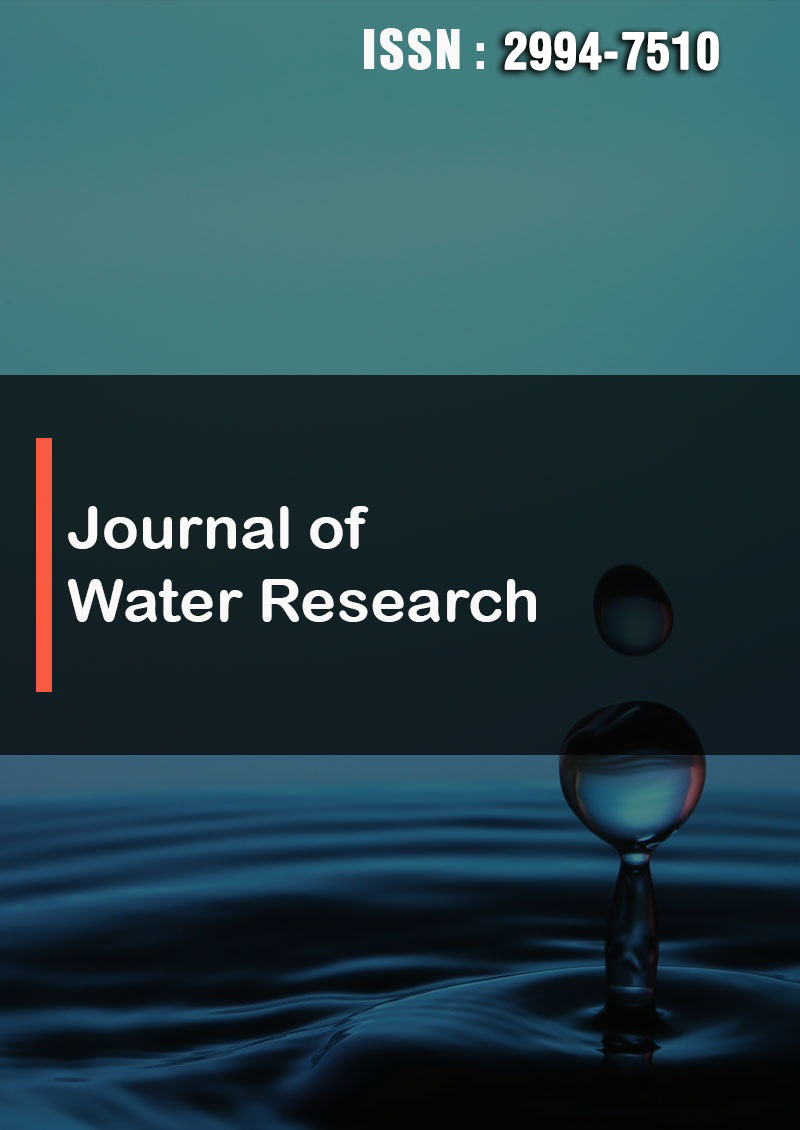Harvesting of Water from Atmospheric Air using Electrospun PVP- PVC Nanofibers with TEC Atmospheric Generator
Abstract
Doha Ali
Water scarcity is a worldwide problem. The need for freshwater is increasing as a result of many factors such as population growth, industrial development and climate change. Water treatment methods such as desalination process produce a good amount of water. However, it is costly, require large space and high amounts of energy especially in remote areas. So, alterna- tive water resources, such as air water harvesting must be considered as a possible water source especially for hot and humid regions. In this paper, a prototype of air water generator was designed, built, and tested. The operation of the prototype is based on harvesting water from air using Peltier effect also known as thermoelectric cooling device [TEC]. The system was conducted under different conditions: ambient temperature [28 &29] °C, relative humidity [47, 59, 68, 75, 85, and 95] %. Two collecting surfaces were used, aluminium foil, and electrospun polyvinyl chloride [PVC] combined with polyvinylpyrrolidone [PVP] nanofiber. Based on the results obtained, it was found that using PVC-PVP nanofiber increased the amount of harvested water. At temperature 29°C and RH 95%, the prototype produced an average water of 104.94 mg/cm2.h using nanofiber, and only 89.44mg/cm2.h using aluminium foil surface. The nanofiber is hydrophobic, with water contact angle of 130.25°.
The harvested water was tested for water quality. It is observed that most results comply with Jordanian Drinking Water Standards and World Health Organization. The chemical structures of the nanofibers was characterized by Fourier transform infrared [FTIR], Scanning electron microscopy [SEM] and water contact angle measurement method to determine the mor- phology and surface hydrophobicity of the nanofiber.



